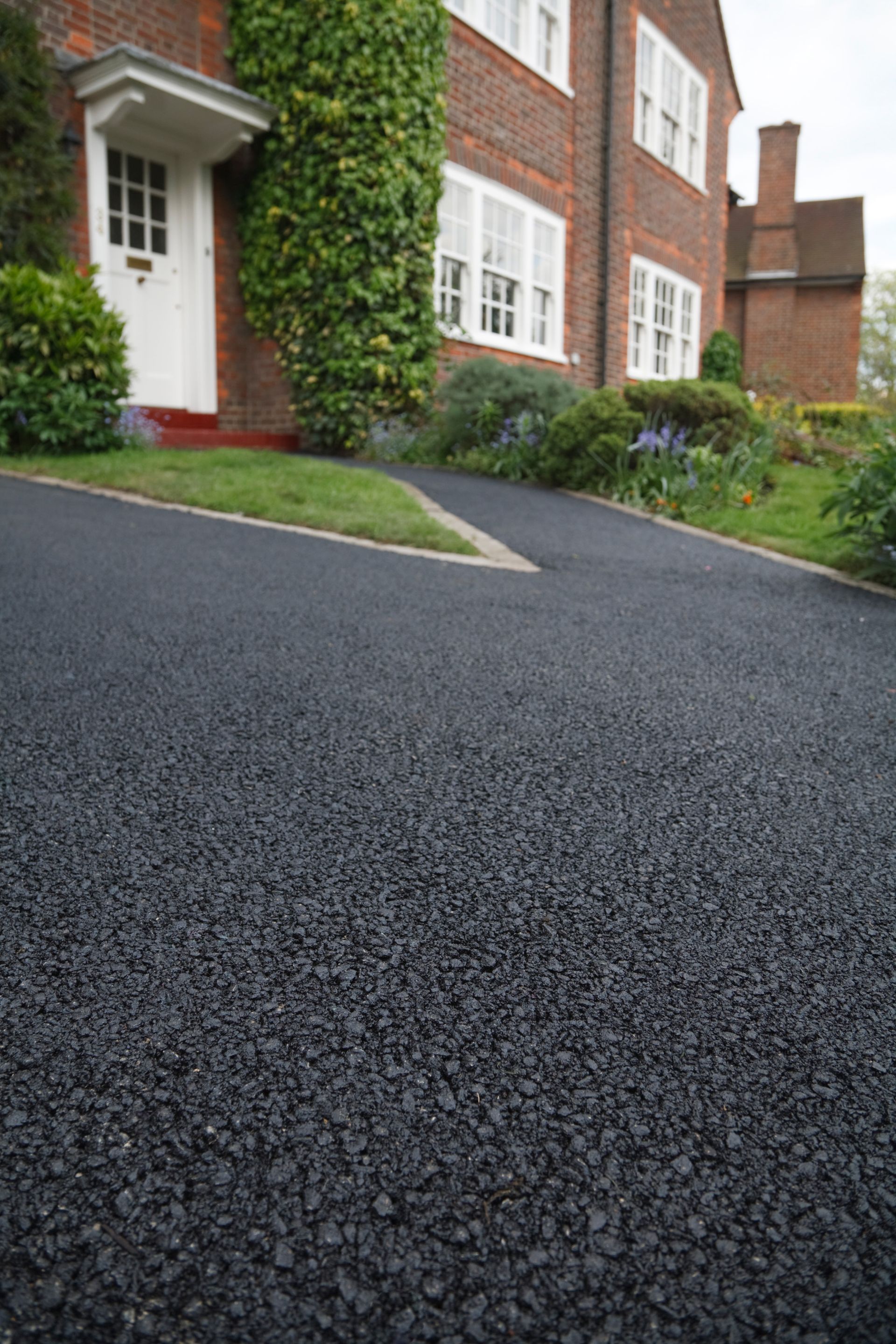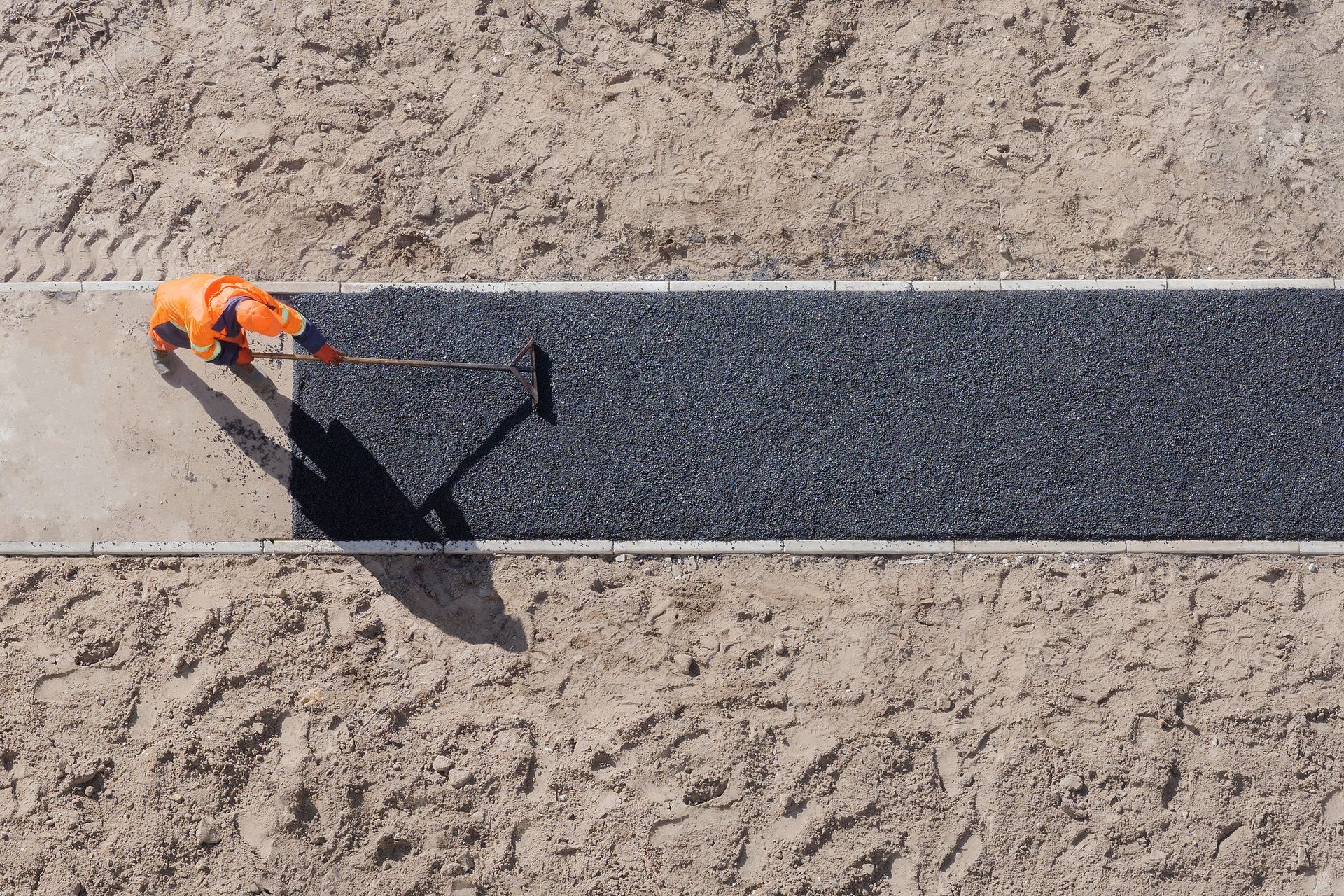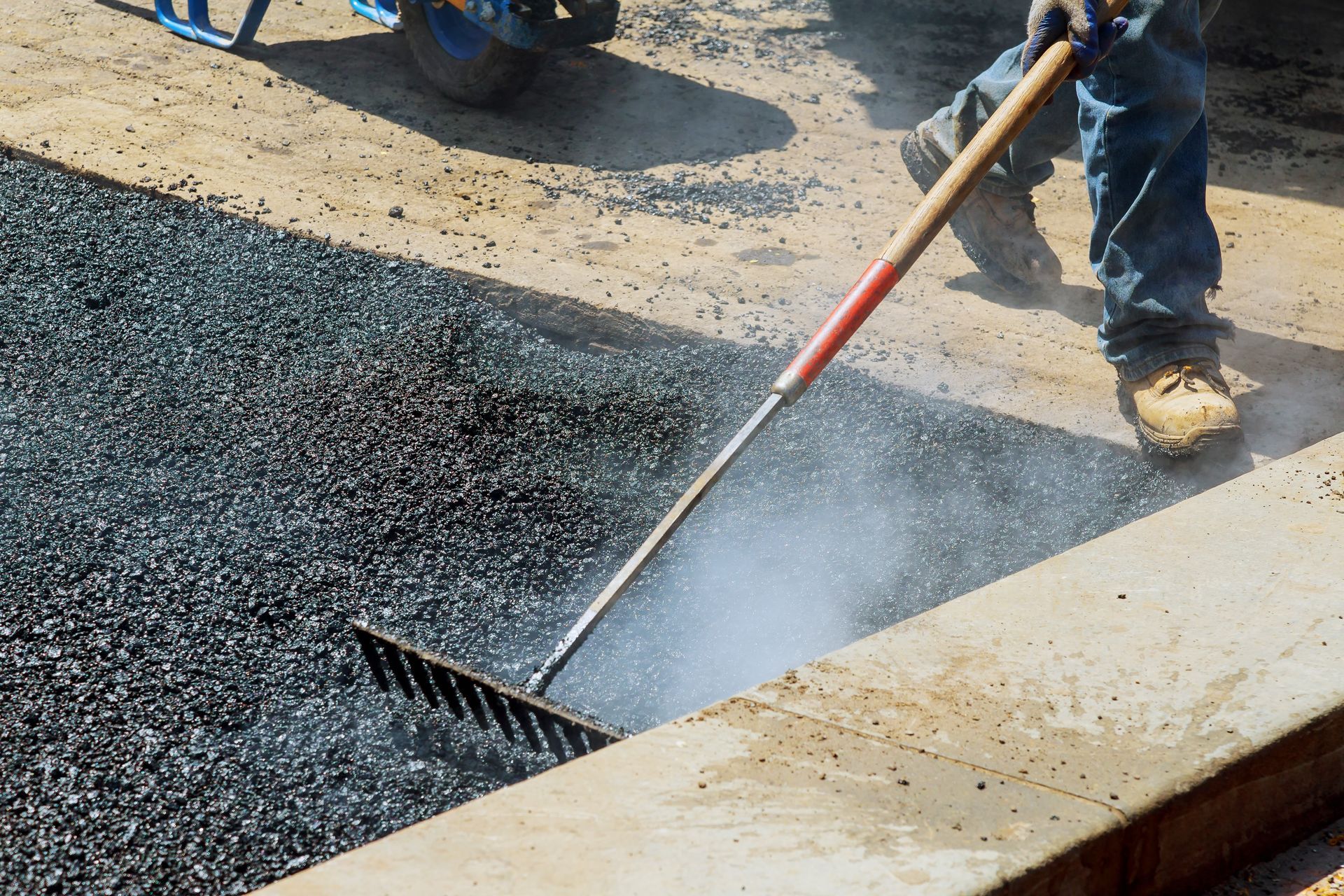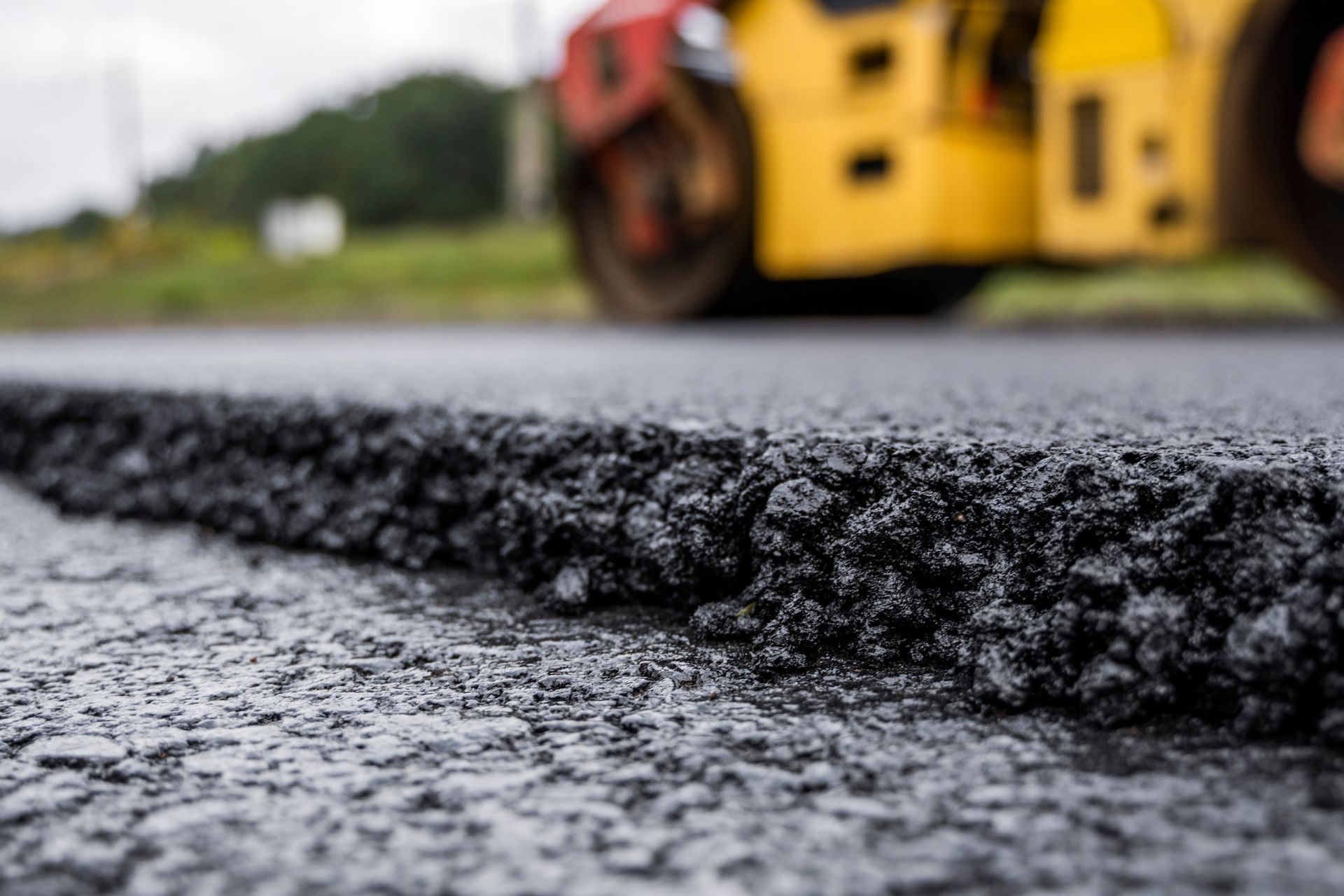John 3:16 'Yes, God so loved the world as to give the Only Begotten One, that whoever believes may not die but have eternal life.
Call Now: (734) 397-0811
care & maintenance
WE DO RESIDENTIAL & COMMERCIAL ASPHALT PAVING
Congratulations on your new asphalt driveway! We are pleased that you have chosen DJs Paving as your paving contractor, and are confident this information will answer all your questions about a longer-lasting driveway. Since the liquid Asphalt and blacktop need time to harden and cure, usually 6–12 months, your driveway will remain soft and pliable until then. You may walk on your new driveway immediately but keep automobile traffic off it for at least three full days and more prolonged in hotter temperatures. Even after the blacktop has cured, do not expect it to be as hard as concrete.
We do Residential and Commercial Paving.
Your new blacktop will soften and harden as temperatures rise and fall
Watering down your driveway with a hose on hot days will cool and temporarily harden the blacktop. This is helpful, but not mandatory. If soap suds should appear, do not be alarmed. This is a reaction between the diesel fuel found in the blacktop and the high chlorine content found in some city water. Although every effort is made to avoid puddles in your driveway, some small ones are inevitable depending on the natural slope and drainage of your ground.
During the first 6–12 months while your driveway is curing, avoid doing these
Blacktop is scarred by automobiles starting too fast, pulling in too quickly, and driving too fast. Don’t park in the same spot every time. Do not turn your steering wheel back and forth when your car is not moving. Don’t use jack stands or car ramps unless a piece of plywood is placed under them to help distribute the weight. Excessive weight from large, heavy vehicles can depress your new blacktop.
Avoid gasoline, oil, anti-freeze, power steering, and transmission fluid spills and leaks
These will dilute the liquid Asphalt on your blacktop. Any hole left by these spills should be filled with a cold patch. Any hairline cracks that may have developed over the winter due to the concentration and expansion of the ground should be filled with crack filler. These products can be purchased from your local building supply store.
Excessive weight from large, heavy vehicles can depress your new blacktop
Keep oil trucks, concrete trucks, and other heavy trucks off your new driveway. When storing campers for long periods, place a piece of plywood under the tongue jack. Also, put them under the tires. Bicycle and motorcycle kickstands exert weight on concentrated areas and will create holes and depressions in your new driveway. Especially watch out for those pointy high heels during the warm months when your driveway is new. The edges are the weakest part of your driveway due to the lack of side support. Avoid driving on the edges since they will crack and crumble in time. We suggest building up the sides of your driveway with topsoil. This will support the edges and enhance the appearance after the grass is grown. Your driveway may look smoother in some areas than others because of the makeup of the blacktop. Blacktop has various sizes of stone, sand, liquid asphalt, and other ingredients, which cause a varied surface texture. Also, blacktop areas that have been raked and spread with hand tools may appear different in texture from those spread by machine.
Steps to preserve your new driveway
Unprotected driveways remain porous, dry out, become rough and lose their lives rapidly
It is advisable to seal coat it after it has been paved. Sealing too soon, however, may cause damage to your new driveway. The best time to seal is 3–12 months after being paved, and every 2–3 years after that. Because blacktop is naturally porous, water can seep into and through the paving. This causes deterioration and results in ridges and upheaval due to frost and freezing. Blacktop is also softened and broken up by gasoline, lube grease, road salts, and anti-freeze, which drips from cars. The sealer protects the blacktop with a coating impervious to these harmful elements.
CONTACT INFORMATION
Canton, MI
Phone: (734) 397-0811
Email: djspaving75@gmail.com
Business Hours:
- Mon - Sun
- -
Areas We Serve:
Farmington Hills, West Bloomfield, Southfield, Troy, Northfield, Livonia, South Lyon, Wixom, Novi, Canton, Belville, Plymouth, Ann Arbor
OUR LOCATION
DJS Paving





